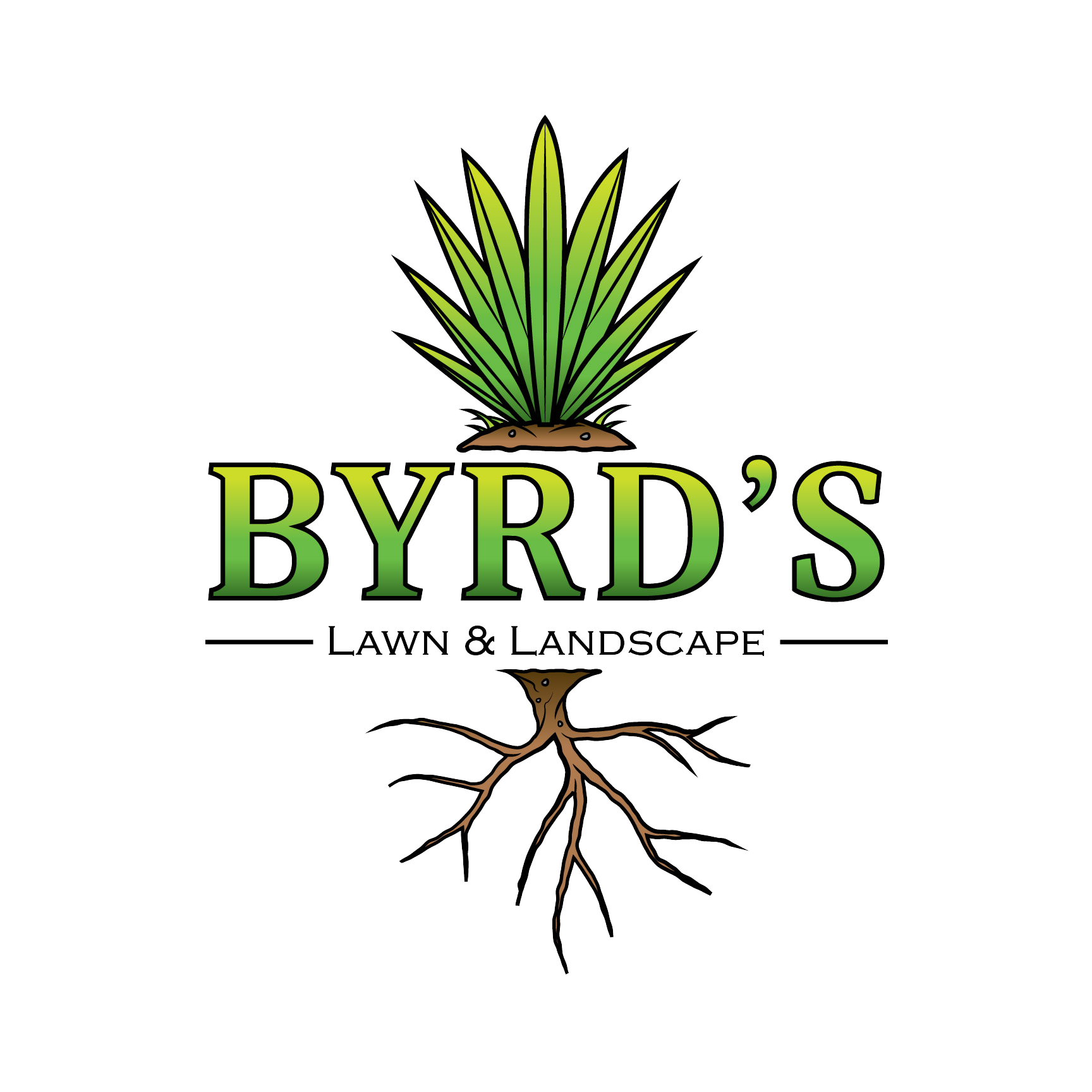Should I go with Native or Exotic plants for my Florida home?
Great question! Whether to go with native or exotic plants for your Florida home really depends on your priorities—but here’s a quick breakdown to help you decide:
🌿 Native Plants: Pros & Cons
Pros:
Low Maintenance: Adapted to Florida’s soil, weather, and pests.
Eco-Friendly: Support local wildlife like bees, butterflies, and birds.
Drought-Tolerant: Once established, they need little to no watering.
Resilient: Less likely to die off during hurricanes or extreme conditions.
Cons:
Limited Aesthetics (for some): Some folks think they’re too "natural" or wild-looking.
Availability: Might be harder to find in big-box stores (but native nurseries are a thing!).
Popular Native Choices:
Firebush
Beautyberry
Coontie
Southern magnolia
Saw palmetto
🌴 Exotic (Non-Native) Plants: Pros & Cons
Pros:
Tons of Variety: You can get bold, unique, or tropical looks.
Curb Appeal: Often chosen for their showy flowers or dramatic foliage.
Creative Freedom: You’re not limited by what grows locally in the wild.
Cons:
Maintenance: May need extra water, fertilizer, or pest control.
Invasiveness Risk: Some exotics can take over and harm native ecosystems.
Less Wildlife Friendly: Not all provide food or shelter for local critters.
Popular Exotic Picks:
Hibiscus
Bougainvillea
Bird of Paradise
Croton
Ti plant
💡 Best of Both Worlds?
You don’t have to pick just one side! Many homeowners in Florida mix native backbone plants (low maintenance, supports wildlife) with a few exotic focal points (for color and flair). It’s like having your eco-friendly cake and eating it too.
Want help designing a combo native/exotic garden? Or want plant ideas for a specific vibe (tropical jungle, pollinator-friendly, low-water, etc.)? Give us a call or email and we would be more than happy to put together a plan.
